PERFUME:TALE OF SCENTS AND ODORS
UNIQUE AROMA 2021-08-27
The art of perfume making is a delicate one. It requires skill to create a scent that matches both the occasion, and sits well with the wearer's own body odor. Over the years, the art that we know of now, began its journey as a scientific practice used to embalm the dead.
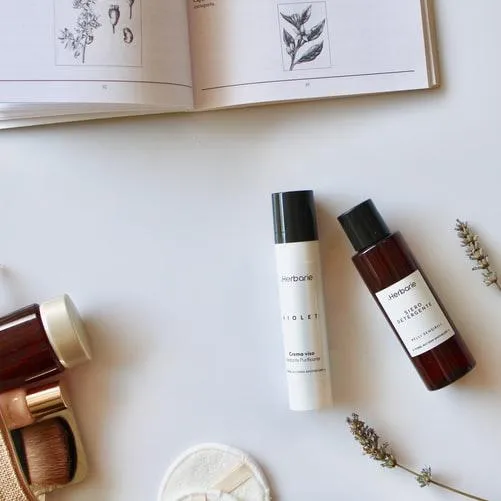
History of Perfume
The Egyptians are credited for many pioneering inventions among which perfume is one which has lived on. The dead rich of the pyramids must have reeked terribly at some point before the Egyptians decided to enamor the gods with a pleasing scent. They began their pursuit of preservation by experimenting with the flowers and oils at hand. Squeezing flowers till drops of essence mixed with oil, raising an aroma, mixing it in, and massaging it in the skin. Soon, the allure of scents spread among the aristocrats, and perfume became something everyone used.
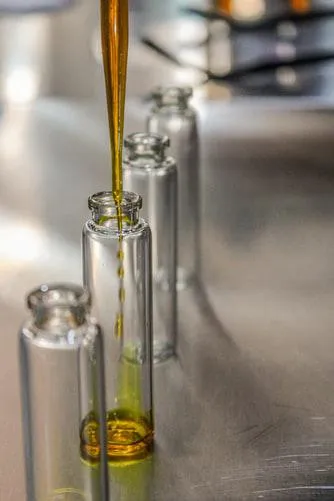
The ancients used incense in their religious worship, and anything offered to the gods was always sweet-smelling. The word perfume was adopted for scents from the context of sweet smoke, and means "out of the smoke" from the Latin per fumum. Today, perfume is packaged in candles, incense sticks, and bottles, each emitting smoke, fumes, or mist, of which scent remains.
During the time of plague and disease in the Middle Ages, Europe was at the helm of inventions. At the time, it was believed that perfumes and scents kept away the disease. The story is told of four thieves who managed to stay healthy despite stealing from people infected with plague. It was later discovered that they used a concoction of vinegar and herbs to mask their scent, and it had kept them from catching the disease. The Greeks took on the idea and developed perfumes, which were originally scented oils, massaged on the body, believed to have medicinal and sensual properties. Animal scents were also used for fragrances.
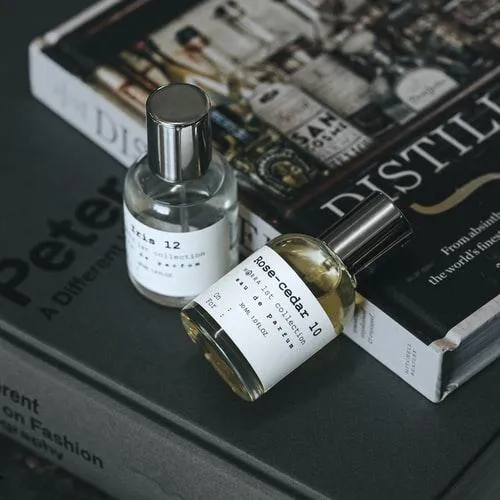
The Romans, who were a very sensuous culture, indulged in fragrant food and clothes. They included perfumed oils in baths. The Roman public baths are still known for their inclusive experience of the pleasures of bath scents and massages. Soon, it began to denote luxury, and the quality of perfume defined class. By the time this practice reached the rest of Europe, scented oils were applied on the body in certain formulations. It was known as the 'fragrance pyramid', a system that devised the suitability of oils to body parts. Travelers, voyagers, and scientists, took this idea to other countries, and the Arab perfume began to gain fame for its desert scent.
At the time of the Crusades, when perfumery had reached some sort of zenith in its fame, the Italians perfected the art of scent. They found a way to use coolants on distilling tubes and were able to attain an alcoholic scent which they called aqua vita, aqua mirabilis, or the water of life. This clear liquid was used to treat wounds, as tincture, and perfume. During the epidemics in Europe, masks were made that held herbs and scents underneath, to prevent the doctors and nurses from getting ill. Part of the treatment involved using this new liquid.
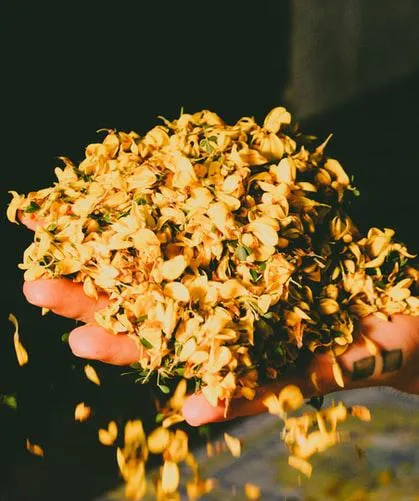
Finally, in 1370 Hungary, the queen created a blend of the miraculous liquid with lavender and rosemary, the first modern perfume. It began to be known as the 'Elixir of Youth'. When colonial trade began, spices became the source of aromas, and were distilled into essential oils and flavors. The monarchs of the time took heavily to these new practices, and tanneries and places where foul smells were prominent, began to use these scents under royal issue. It is believed that after the French princess Catherine de Medici married King Henri II, she took an interest in perfumery which shifted its base to France. The rulers who followed, especially King Louis XIV, who never bathed, endorsed perfumes extensively to mask his body odor. The entire palace was scented at various points to suit different occasions. His court earned the name 'The Perfumed Court', and many patrons were attracted to it.
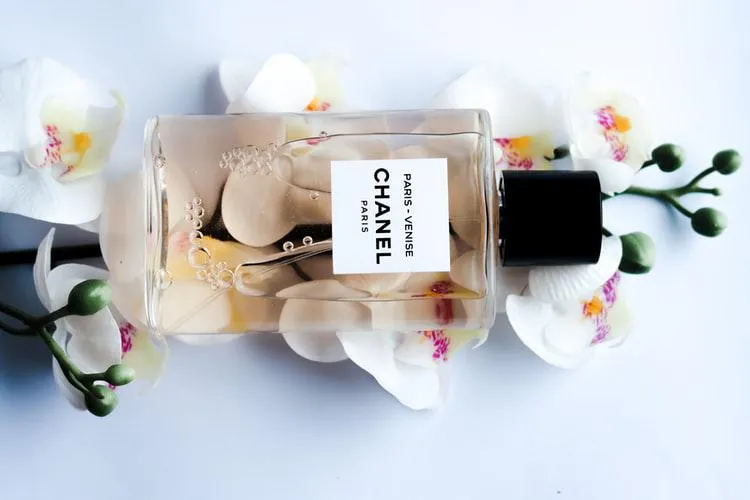
With the coming of the Industrial Revolution, perfumery began to have gender norms. Heavy scents were done away with, and delicate flowery scents were developed. The perfume became a product that would be monetized and branded. Perfumers developed a range of fragrances to suit the preferences perfume for men and perfume for women of their customers and in the late 50s and 60s, it was revolutionized as a cosmetic product by brands like Chanel Perfume.
Perfume for women, who used to depend on their men for perfumes as presents, began to buy their own. Bath oils became popular, and scents were added to other feminine products.
Today, the preference for fragrances is headed towards eastern aromas, which are less flowery and more earthy. Mists, sprays, and oils are being brought out at record speed with improved preparations to meet a wide range of skin condition needs, fragrance wants, and even to suit body odors.
